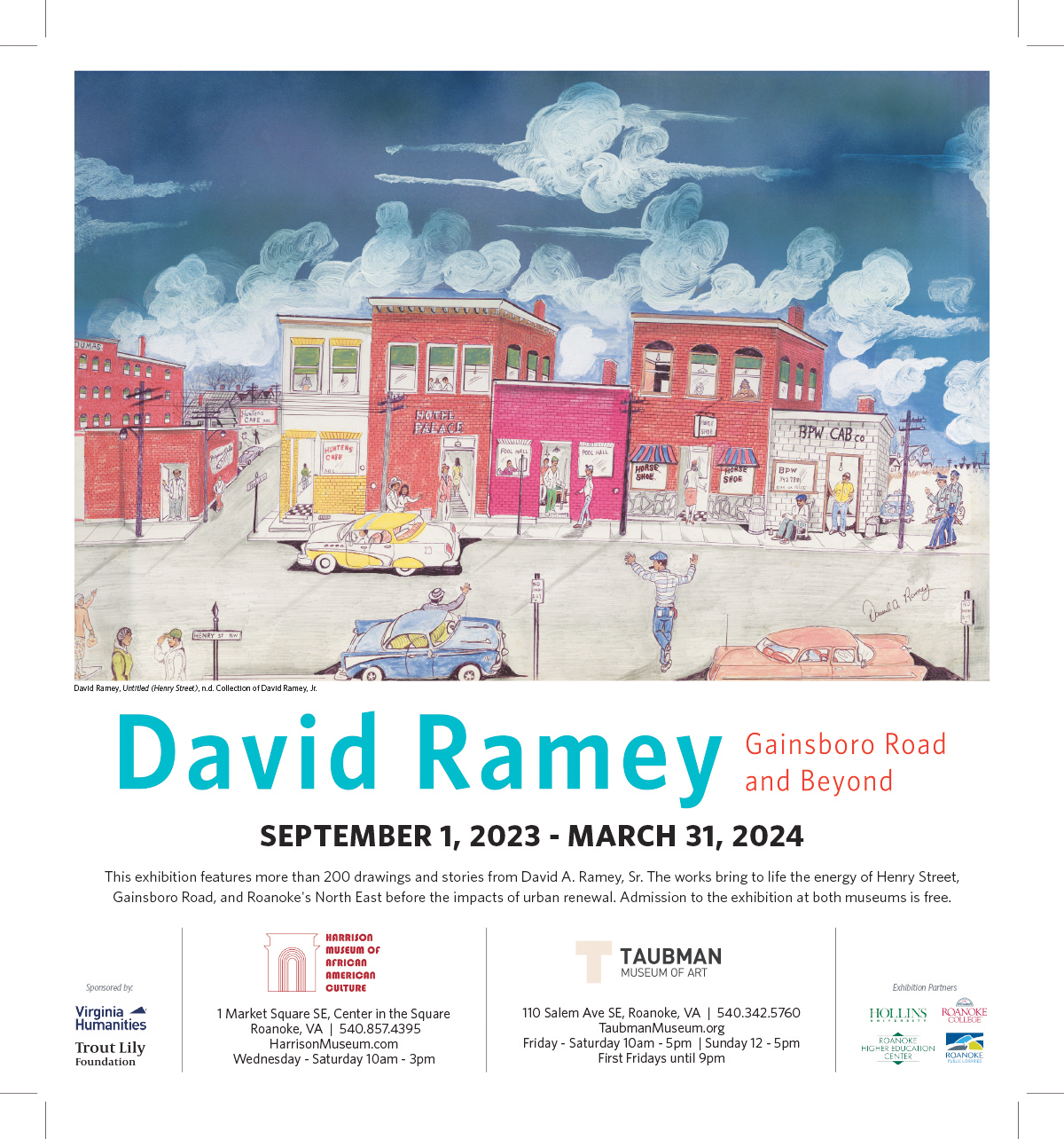Monday, August 28, marks the 60th anniversary of the 1963 March on Washington. On a typically hot summer day in D.C., over 250,000 of us gathered to make a civil rights statement.
There were many speeches. Of course, the mesmerizing “I Have a Dream” speech by Martin Luther King Jr. was one of the most iconic speeches in American history.
However, I wish to call attention to the speech by John Lewis, then the 23-year-old President of the Student Non-Violent Coordinating Committee (SNCC). It is notable because other leaders censored his speech. On the afternoon of August 27th, Archbishop Patrick O’Boyle saw a copy of Lewis’ speech and objected to the following statement, among others:
“To those who have said, ‘Be patient and wait,’ we must say that ‘patience’ is a dirty and nasty word. We cannot be patient, we do not want to be free gradually. We want our freedom, and we want it now.”
Scheduled to give the opening invocation, the archbishop called the White House to complain since the White House had given its blessing to the event (Perhaps I will address later what I thought at the time about the White House providing its approval-or disapproval-of a civil rights protest event.)
Boyle was horrified. He called Bayard Rustin, who organized and coordinated the whole event, and informed him that he would withdraw if Lewis were allowed to deliver this speech. Rustin had a meeting with Lewis that evening, explaining that regarding patience that way was offensive to the Catholic Church. Lewis removed the reference to patience as a “dirty and nasty word” but kept the rest.
Rustin promised there would be more editing the next day before the occasion. Bobby Kennedy heard about the speech and was not pleased.
The next day at the Lincoln Memorial, Lewis was met by other leaders who opposed his speech’s tone, including liberal union leader Walter Reuther and NAACP leader Roy Wilkins. But Lewis was opposed to changing the address any more.
So shortly before he was scheduled to speak, Lewis was shuffled into a security guard room behind the Lincoln statue, where A. Philip Randolph, Bayard Rustin, Martin Luther King, Jr., and Rev. Eugene Carson Blake of the National Council of Churches pressured him to tone down the speech.
Lewis objected to softening his speech. However, in addition to King and Rustin, the great A. Philip Randolph, the chair of this March on Washington, prevailed upon him. I say “this March on Washington” because Randolph led the so-called “March on Washington Movement.” He was a trade unionist and civil rights leader who was influential in the African American struggle.
He founded the Brotherhood of Sleeping Car Porters and brought them into the AFL-CIO, where he was Vice-President, winning their first major contract with the Pullman Company in 1937. He started the March on Washington movement to pressure the U.S. Government. He complained about Blacks being shut out of employment in industries with federal contracts, warning President Franklin D. Roosevelt in 1941 that unless he did something about this, he would lead 100,000 protesters in the streets of Washington, D.C.
President Roosevelt’s response was Executive Order 8802, barring discrimination in defense industries and federal bureaus and creating the Fair Employment Practices Committee. This enabled Blacks to begin working in the war industries.
In 1948 Randolph and his March on Washington Movement demanded that the government integrate the armed forces and threatened civil disobedience. Fearful of righteous widespread civil disobedience and needing the Black vote for his re-election campaign, President Harry Truman ordered an end to military discrimination “as quickly as possible.”
In the 1930s and 1940s, Randolph undoubtedly led the way for the later civil rights movement. As John Lewis described the situation, this venerable hero looked at him with tears and pleaded. “I’ve waited my whole life for this opportunity. Please don’t ruin it.”
Consequently, Lewis relented.
Blake did not like the words “black masses” and “revolution,” saying it sounded communistic. But Randolph defended Lewis for those terms, saying he used them himself. So, the two references to “black masses” were trimmed to one, and “We are now involved in a serious revolution” became “We are involved in a serious social revolution.”
Lewis also softened his comparison of the coming days of the civil rights movement to Sherman’s march through the South. However, even with the changes, Lewis’ speech made its intended points.
The original text of John Lewis’s speech was too militant for the older civil rights leaders; however, it was mild compared to the speeches of the subsequent two SNCC presidents, Stokely Carmichael and Rap Brown.





